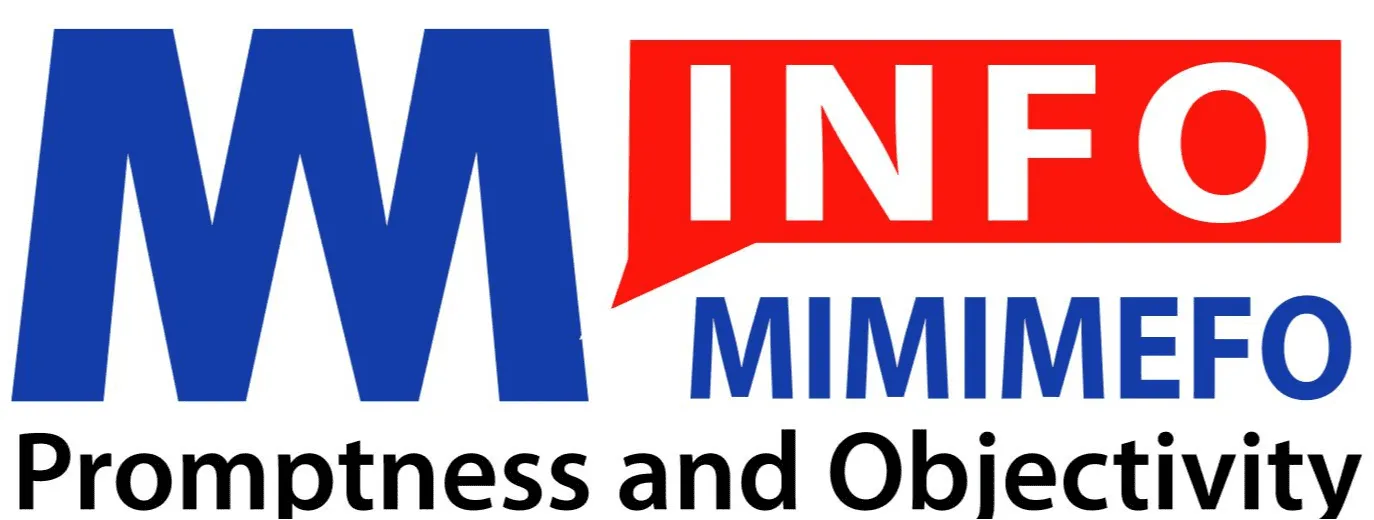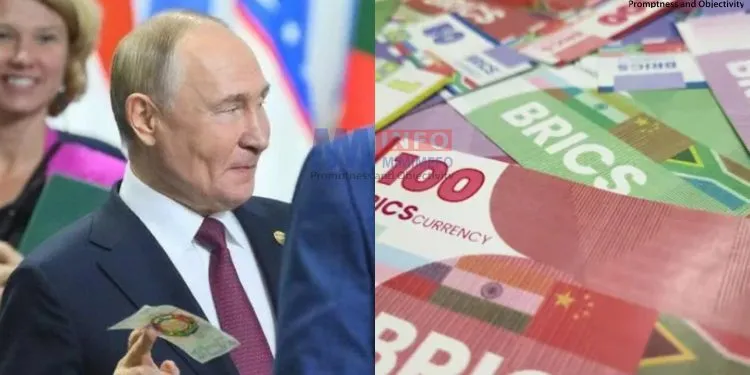The Global South-oriented organisation BRICS has unveiled ambitious plans to transform the international monetary and financial system, aiming to challenge the longstanding dominance of the U.S. dollar.
As the chair of BRICS for 2024, Russia has proposed the creation of a BRICS Cross-Border Payment Initiative (BCBPI), which would allow members of the organisation to trade using their national currencies. In addition, the BRICS will set up an alternative messaging infrastructure to get around the SWIFT system, which is under American control and is subject to Western sanctions.
The proposed “multi-currency system” would include new mechanisms not only to de-dollarise trade but also to encourage investment in BRICS members and other emerging markets and developing economies. These initiatives include a BRICS Clear platform, a “new system of securities accounting and settlement,” and financial instruments denominated in national currencies.
Bypassing Swift
BRICS will also experiment with distributed ledger technology (DLT) and promote the use of central bank digital currencies (CBDCs) to settle trade imbalances directly, bypassing the SWIFT system and correspondent banks located in third countries.
BRICS plans to establish a BRICS Grain Exchange and an associated pricing agency. It will create centres for trading commodities like grain, oil, natural gas, and gold, which can also settle trade imbalances.
The Russian Federation’s Ministry of Finance, the Bank of Russia, and the consulting firm Yakov and Partners co-authored the report “Improvement of the International Monetary and Financial System,” which outlined these recommendations.
Russia’s Finance Minister Anton Siluanov explained the motivation:
“The current system is based on existing Western financial infrastructure and the use of reserve currencies. It is severely flawed and is increasingly used as a tool of political and economic pressure,” he said. “Another reason for a reform of the international monetary and financial system is the geo-economic fragmentation that became a result of the abuse of trade and financial restrictions.”
The report was published on the eve of the BRICS summit in Kazan, Russia, from October 22-24.
BRICS Expands Its Membership
Originally founded as a loose grouping of emerging markets and developing economies, BRICS now consists of Brazil, Russia, India, China, and South Africa. In the 2023 BRICS summit in Johannesburg, South Africa, six more countries were invited to join: Egypt, Ethiopia, Iran, Saudi Arabia, the United Arab Emirates, and Argentina.
The chair of BRICS rotates on an annual basis. In 2023, South Africa held the chairmanship, and in 2024, Russia did so.
In February 2024, the finance ministers and central bank governors of BRICS met in Sao Paulo, Brazil, where Russia announced plans to create a “multilateral digital settlement and payment platform” called BRICS Bridge.
Challenging U.S. Dollar Dominance
The Russian BRICS chairmanship report argued that the current international monetary and financial system (IMFS) is not only unjust but also inefficient, as it is a monopoly that suffers “from excessive reliance on a single currency and centralized financial infrastructure.”
The document noted that the “current IMFS is primarily serving interests of AEs” (advanced economies)—that is, largely the wealthy countries of the West. Moreover, the “existing IMFS has been characterised by frequent crises, persistent trade and current account imbalances, elevated and rising public debt levels, and destabilizing volatility of capital flows and exchange rates.”
The U.S. dollar’s monopoly ensures global demand for the currency, allowing the United States to run gargantuan current account deficits for decades while weaponizing its currency to serve its geopolitical interests. The U.S. government has imposed unilateral sanctions on one-third of all countries, including 60% of low-income nations.
Alternatives to World Bank and IMF
To transform the international monetary and financial system, the Russian report proposed the creation of several new institutions, including the BRICS Cross-Border Payment Initiative (BCBPI), BRICS Clear platform, and BRICS Grain Exchange.
It also called for strengthening the New Development Bank (NDB) and the Contingent Reserve Agreement (CRA), which BRICS has already established as alternatives to the World Bank and the International Monetary Fund (IMF).
The NDB was founded to provide financing for developing countries, especially for infrastructure projects. The NDB has pledged to offer more loans in the national currencies of BRICS members, seeking to gradually de-dollarize.
The Russian BRICS chairmanship called for “substantially increasing the NDB’s financing capacity” and reviewing its “principles and assessment criteria for the selection of projects.”
However, the CRA, designed as an alternative source of liquidity for countries facing balance of payments problems, has been less active. The Russian proposal noted that the CRA suffers from dependency on both the U.S. dollar and the SWIFT interbank messaging system. Additionally, the IMF is in charge of overseeing its operations, which can reduce its effectiveness.
The Need for a New International Economic Order
The BRICS proposal to transform the international monetary and financial system is a significant step towards addressing the structural inequalities of the current system. It supports the Group of 77’s (G77) call for a New International Economic Order (NIEO), which has been in place since 1974. According to the World Inequality Lab economists, Nievas and Sodano, this will reduce dominance of the current syste.
“In effect, the central position of rich countries in the international monetary and financial system allows them to function as intermediaries, akin to bankers of the world,” They said. “This role further reinforces their privilege, as they leverage their advantageous position to attract excess savings and channel it towards productive investments. This cycle perpetuates their dominance and strengthens their position as key players in the global economic landscape.”



